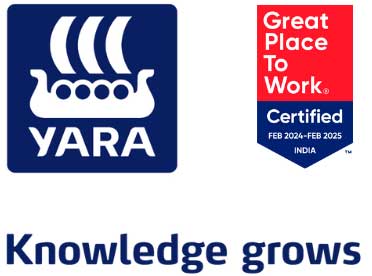Cold Weather Concreting
NitCal increases the temperature in the concrete at an early stage, by accelerating the hydration process and heat release. This means that irreparable lower final strength and durability, micro cracks and gaps, and spalling can be avoided.
Cold weather concrete production can be a challenge
Under cold conditions and in freezing temperatures, water freezes and inhibits concrete’s hydration process. Unaided, cold weather concreting is slow and therefore expensive. In addition, the resulting product is often a poor quality concrete with:
- Irreparable lower final strength and durability due to the disruption of the cement paste matrix (Cost, safety and health issues)
- Micro cracks and gaps due to ice crystals that damage the concrete. This leads the surface of the concrete to chip off in flakes under little pressure
- Spalling, which involves larger chunks of the surface breaking off and leaving pits or craters surrounded by webs of fine cracks.
Avoiding freezing before the concrete achieves 5 MPa compressive strength is part of the regulation (NS 3420 in Norway, for example).
An “antifreeze” product prevents water from freezing before or during the hydration process. This can be done by:
- Reducing the freezing point of water through high salt concentrations
- Increasing the temperature in the concrete
Inside the concrete, including its outer regions attaching the mold, the temperature has to be at least 5°C, to guarantee sufficient reactivity and availability of water. At minimum, the concrete should have 5 MPa strength prior to freezing.
NitCal®, as a concrete setting accelerator, counteracts the freezing process by provoking an earlier start of concrete heat release and therefore earlier strength development. Concrete can be produced at ambient temperatures down to -10°C using NitCal at certain conditions.
NitCal® and Sodium nitrate do not reduce the freezing point at the concentrations commonly used for set acceleration or antifreeze. To get the antifreeze effect, higher doses are required.
Alternative methods of cold weather concreting are often costly, impractical and environmentally challenging techniques such as:
- Keeping the concrete warm by delivering heated concrete (keeping one or more of the ingredients warm (e.g. storage, using hot water))
- Protecting the concrete within a heated tent, using insulation, blankets
- More cement or a more rapid cement can be used
Yara has over the last years developed a better understanding of the mechanism of NitCal as antifreeze in concrete and mortar. Through this we have also developed our Superantifreeze admixture concept for deep frost (down to -15°C). Yara NitCal is able to support effective concreting even in the coldest Australian winter.
Hendra Gunawan
Commercial Director – Industrial, Asia
Learn more























































